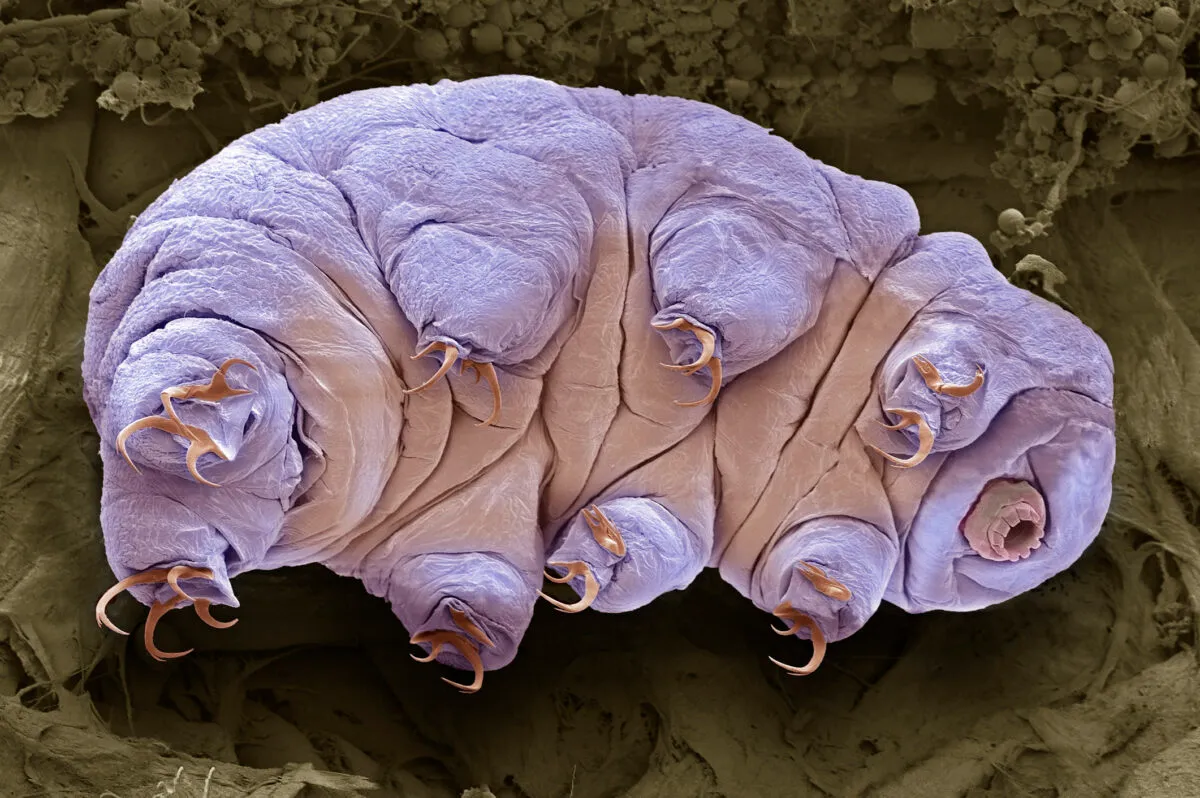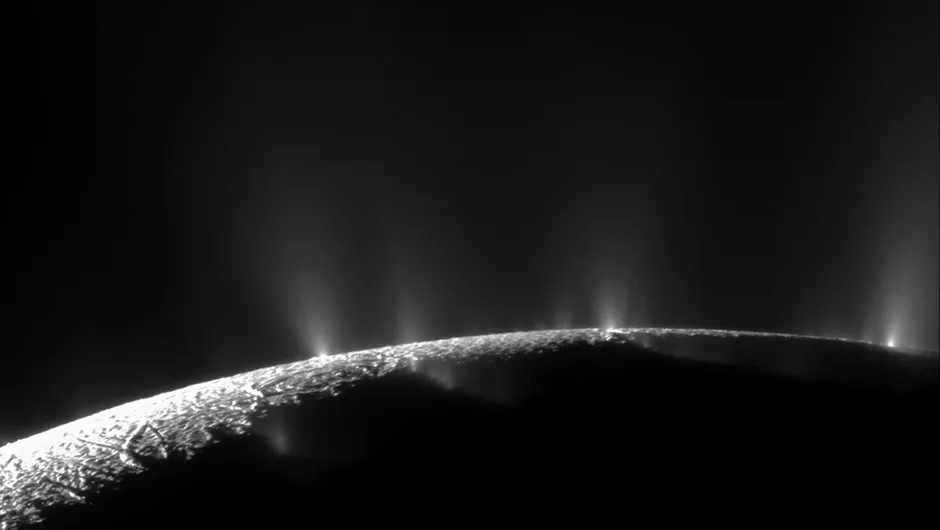Penny Boston pioneers the field of astrobiology at the Ames Research Center.
We got the chance to to ask her more about this ever-growing field of science, and what it could tell us about the chances of finding life beyond Earth.
More on astrobiology

What is astrobiology?
Astrobiology is anything that touches on the quest for understanding whether there are other life forms in the rest of our Universe.
It really is an all-encompassing, multidisciplinary area of research, looking at the bodies in our own Solar System for signs of past or present lifeforms, all the way out to the study of exoplanets.
How do you search for alien life?
I look at extreme life forms here on Earth as a template for other environments.
Those that tolerate extreme environmental conditions – high temperatures, being frozen, being trapped in a salt crystal, those that process minerals rather than eating organic carbon made by plants.
Other folks have studied some small animals, like tardigrades. Everybody loves a tardigrade – they can tolerate a whole lot.

How does learning about Earth help us find aliens?
There is no extreme environment on Earth that is an absolute match for another planet, so we extract nuggets of information about how an organism would make its living in an environment that has some similarities to an extraterrestrial one.
For example, we’re very interested in the deep subsurface of Mars.
We know a lot about deep subsurface microbiota here on Earth, down to many kilometres.
It gets very hot, but there are exotic organisms living off hydrogen.
It’s a template for stimulating our thinking about how microorganisms may have arisen and adapted on another planet.

Do we have the technology to find life?
The answer is probably yes and no. Opinion about this varies widely throughout the scientific community.
We have a good grasp of detecting biopolymers: big molecules that store information like DNA… if we can get to the environment.
There’s a lot of attention right now on trying to advance pinpoint landing and engineering robotics that can get us into rougher terrain.

Where's the best place to look for life beyond Earth?
Anywhere with the potential for liquid water. We take water for granted, but it’s quite extraordinary.
Within the temperature range of our planet, it has the ability to exist in all three major primary phases: solid, liquid and gas.
It enables the chemistry of life to actually occur.
Mars has long been in our sights for many decades as a potential place to look for life.
Several of the icy moons around Jupiter and Saturn have liquid material in their interior under kilometres of ice.
One of my favourites is Pluto; it turned out to be a geologically incredibly active body.
We really do have quite a list that we want to investigate in the coming decades.
This interview appeared in the May 2025 issue of BBC Sky at Night Magazine

